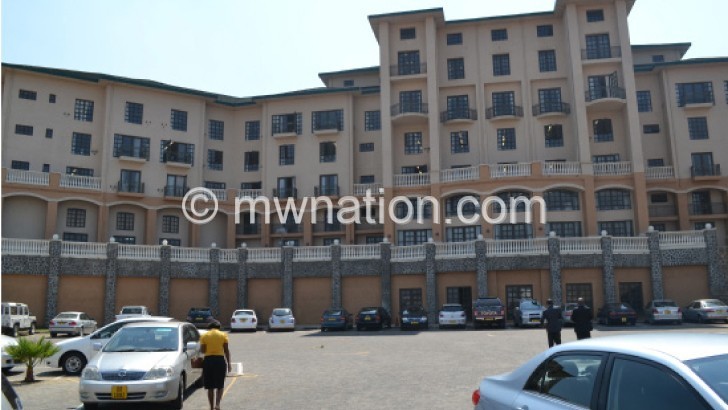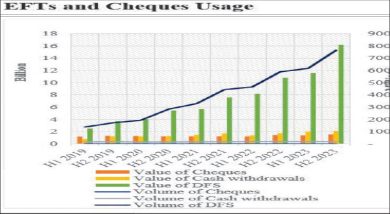Tax-to-GDP ratio on the decline
Malawi’s tax-to-gross domestic product (GDP) ratio has been on the decline, an indication that government is under collecting taxes, it has been learnt.
In a research paper titled ‘Why Taxation Matters’, development economist Donasius Pathera said tax-to-GDP ratio, a nation’s tax revenue relative to the size of its economy, has decreased by 1.8 percentage points from 12.6 percent in 2020 to 10.8 percent in 2022.

In contrast, the average for the 33 African countries, according to the Revenue Statistics in Africa 2023 has remained unchanged during the review period at 15.6 percent.
However, between 2010 and 2021, the average for the 33 African countries has increased by 1.5 percentage points from 14.1 percent in 2010 to 15.6 percent in 2012, according to the publication.
During the same period, the tax-to-GDP ratio in Malawi has decreased by 0.5 percentage points, from 11.3 percent to 10.8 percent, according to the Statistics in Africa 2023.
In an interview yesterday, Pathera said the declining ratios mean that Malawi is under -collecting taxes, a development that could affect provision of services.
He said: “If tax ratios are getting down, it means that people are not doing business, companies are closing shop, people are avoiding tax or indeed consumers’ purchasing power is declining.
“We were supposed to be seeing a rise as even amidst shocks, consumers will always be there to purchase. We need to have proper technology to check tax avoidance.”
According to the Malawi Revenue Authority (MRA) tax structure, the highest share of tax revenues in 2021 was contributed by personal incomes at 32 percent, followed by tax on goods and services other than value-added tax (VAT) at 24 percent, corporate income tax at 21 percent and while VAT contributed 23 percent.
Comparatively, in most African countries, VAT at 24 percent has the highest share of tax revenues followed by tax on goods and services other than VAT at 24 percent, corporate income tax at 19 percent, personal income tax at 17 percent and social security contribution at eight percent while the other four percent is for other taxes.
On the other hand, Malawi’s non-tax revenues amounted to two percent of GDP, which is lower than the region’s average of 5.8 percent of GDP.
As a policy recommendation, Pathera said there is need to expand the tax base, introduce progressive income tax reforms, review and reform the tax system, introduce and expand property taxes as well as consider introducing wealth and inheritance taxes.
Through the five-year Domestic Revenue Mobilisation Strategy that ends in in 2025/26 financial year, Malawi seeks to increase the revenue-to-GDP ratio by five percentage points by 2025/26 fiscal year.
The strategy seeks a sustainable growth trajectory in the domestic revenue mobilisation by implementing wide ranging tax and non-tax reforms.
Tax expert Emmanuel Kaluluma said in an earlier interview that looking at the trends, tax gap could remain or get worse.
Speaking during a media training on taxation in Blantyre last early this month, MRA head of corporate affairs Steven Kapoloma said the public tax collector is exploring new technologies to arrest VAT non-compliance as some traders avoid using electronic fiscal device machines deliberately.
He said presently, pay as you earn remains the highest tax line despite the high potential of VAT.





